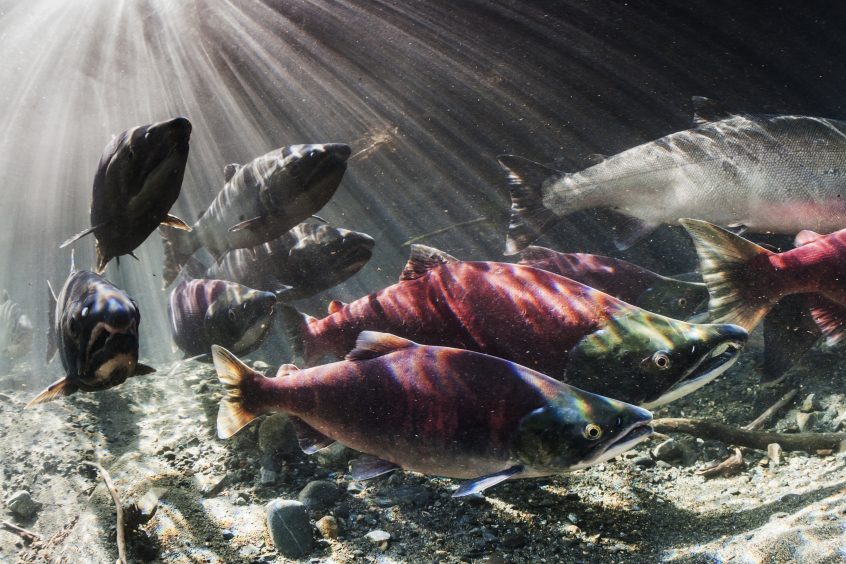PROTECTING FISH & WILDLIFE THROUGH RESEARCH AND REGULATION
Private foresters play a significant role in protecting fish and wildlife.

From years of “learning by doing” and scientific study, Washington’s private forest landowners have gained extensive knowledge of our state’s native fish and animal species. Using this practical research, foresters have begun to understand wildlife population trends on their lands and are finding innovative ways to protect and enhance the sensitive habitat on which wildlife depends. The support that these findings provide gives us the basis to adapt to best forest practices, as well as create policy and regulation that makes a difference. Federal and state laws passed in the past century have had positive influence in preserving and fighting for Washington’s fish and wildlife. WFPA and its members play an active role in shaping these modern day forest policies and practices that will sustain the natural environment and the life within it.
Endangered Species Act (ESA) Protects Listed Plants, Animals and the Habitats on Which They Depend
In the early to mid-20th century, action was taken by our federal government to protect plant and animals species threatened by extinction. The Endangered Species Act (ESA), passed in 1973, became the primary federal law directed at preventing the extinction of both plant and animal species, and the ecosystem on which they depend. Because Washington’s fish and wildlife are of aesthetic, ecological, educational, historical, recreational, and scientific value to Washington’s private forest landowners, the requirements of the ESA are followed by private forest landowners and have even filtered into new state legislation, like the Forests & Fish Law.
